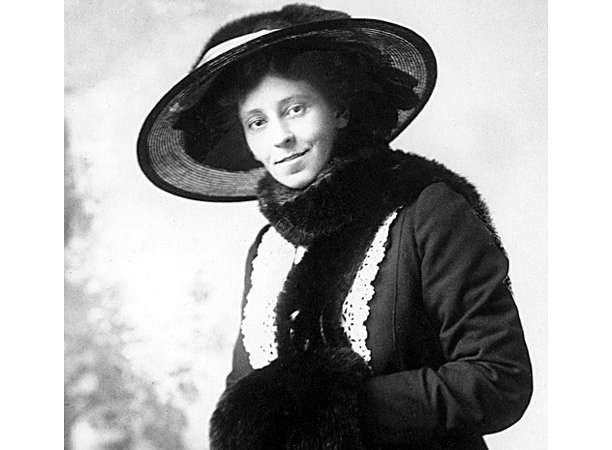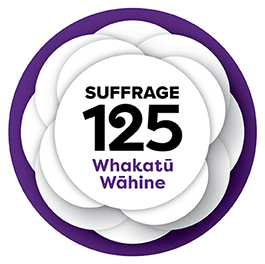
On 29 October 1919, the Women’s Parliamentary Rights Act passed into law. Finally, women could stand for election to the House of Representatives.
It had been 26 years since women had achieved the right to vote with the Electoral Act 1893. Previous bills drafted to enfranchise women had included the right to stand for election, but these had been unsuccessful.
After 1893, there were several attempts to pass legislation granting women this right. The National Council of Women (NCW) campaigned on the issue, but as this organisation waned and then went into recess in 1905, so did the campaign for reform. For a decade, little happened.
Towards the end of the First World War, the movement for reform revived. The NCW was reformed in 1918 and campaigned on issues such as the age of consent and women police on which male politicians were not adequately representing their female constituents. In 1918, some British women won the rights to vote and to be elected, giving further impetus to the campaign in New Zealand.
While the 1919 Act admitted women to the House of Representatives (the lower house), they were still barred from entering the Legislative Council (the upper house), whose members were appointed by the government. The original bill had allowed for representation in the Legislative Council, but the Council itself had opposed this provision. Women were not able to be appointed to the Legislative Council until 1941, and the first two were admitted in 1946.
The general election was contested just seven weeks after the passage of the Act. Three women stood: Rosetta Baume in Parnell, Aileen Cooke in Thames, and Ellen Melville in Grey Lynn. None were elected, although Melville, standing for the ruling Reform Party, came second to the Labour candidate. Ten more women candidates were unsuccessful before Elizabeth McCombs became New Zealand’s first female MP in 1933.
How to cite this page
'Women can stand for Parliament', URL: https://nzhistory.govt.nz/page/women-can-stand-parliament, (Ministry for Culture and Heritage), updated 29-Oct-2020


Community contributions